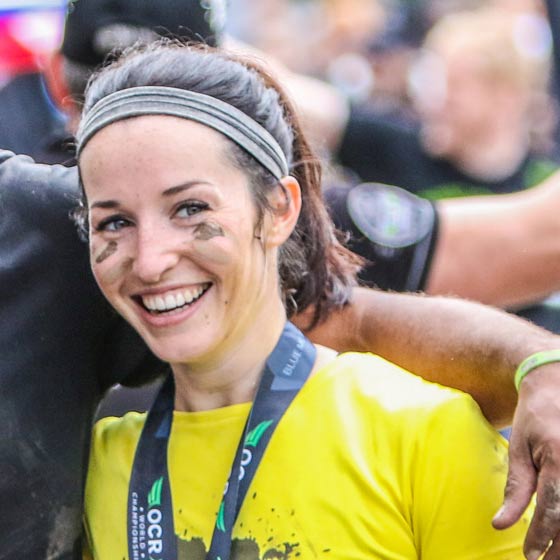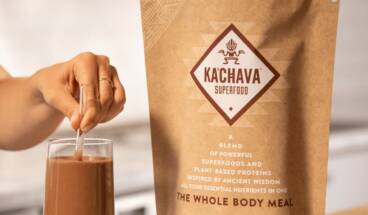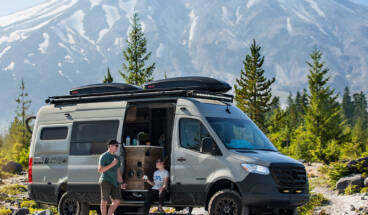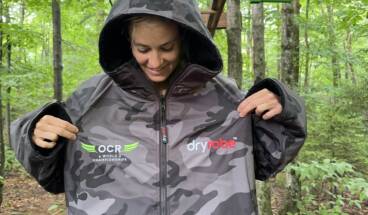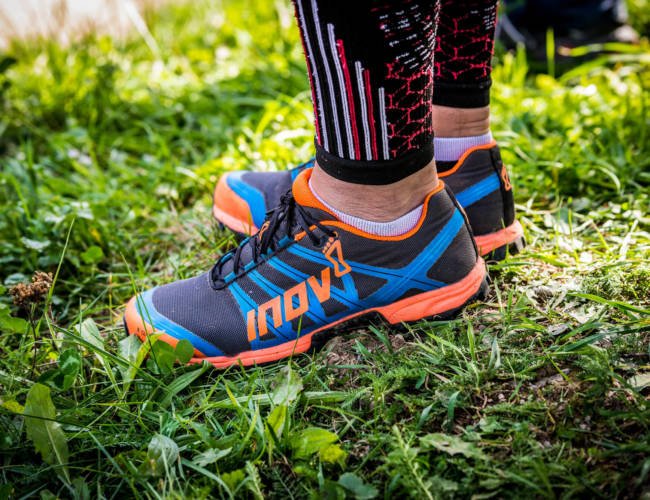
Top 10 OCR Equipment Pieces & Obstacle Course Racing Gear for 2021
It’s one of the most frequently asked questions, yet one of the hardest to answer: What is the must-have obstacle course racing gear? It often depends on the athlete – some athletes suit up in head-to-toe compression clothing while others compete in shorts and a sports bra. So while you know your body better than anyone, and know what you need to perform at your absolute best, there are some recommended pieces of gear, accessories, and equipment that are universally beloved in our sport.
It is crucial for athletes to test out their race day apparel during training, no doubt; as we’ve seen in recent years, races can be won or lost on proper kit planning. We also recommend having training-specific equipment that helps intensify workouts, or get you acclimated to certain conditions. To help you prepare for your next race, here’s a quick guide to OCR equipment, for both race day and training.
OCR Equipment Guide
Race Day Gear
1. OCR Specific Shoes

The first thing on anyone’s OCR equipment shopping list should be shoes. Without a solid and reliable shoe, no athlete can compete at their best. Shoes with great grip will help you make your way up and down hills, across loose soil, or race over compacted long grass. What’s more, shoes with a deep tread will help you with that all-important rope climb, slip wall, OCRWC Finish Wall, or the dreaded Spartan Olympus.
Recommended Brands: inov-8
2. Socks
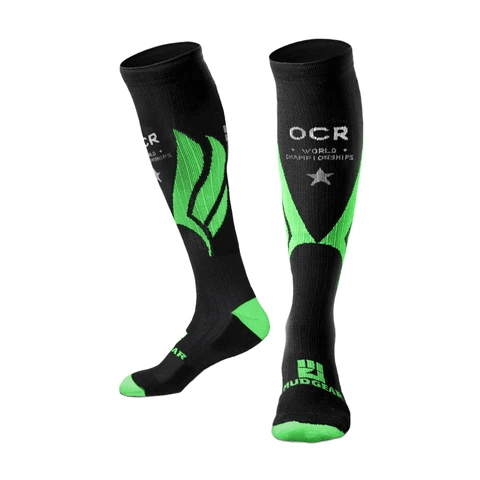 There are few things more unpleasant than a slimy, wet sock sliding down into your shoe midway through the race. No matter what length sock you prefer – knee-high, ankle, etc. – the cardinal rule for OCR gear is NEVER wear cotton socks. Many athletic apparel companies make socks out of performance materials that are moisture-wicking, thermal-regulated, and designed to not slide down into your shoe. Some of these socks made of specialty material also double as calf compression, which many athletes swear by for cramps. These can be especially useful in wetter races where cramp can kick in unexpectedly. Depending on your shoe choice, you may also want double layered socks to avoid blisters, but they aren’t necessary.
There are few things more unpleasant than a slimy, wet sock sliding down into your shoe midway through the race. No matter what length sock you prefer – knee-high, ankle, etc. – the cardinal rule for OCR gear is NEVER wear cotton socks. Many athletic apparel companies make socks out of performance materials that are moisture-wicking, thermal-regulated, and designed to not slide down into your shoe. Some of these socks made of specialty material also double as calf compression, which many athletes swear by for cramps. These can be especially useful in wetter races where cramp can kick in unexpectedly. Depending on your shoe choice, you may also want double layered socks to avoid blisters, but they aren’t necessary.
Recommended Brands: Mud Gear
3. Shorts
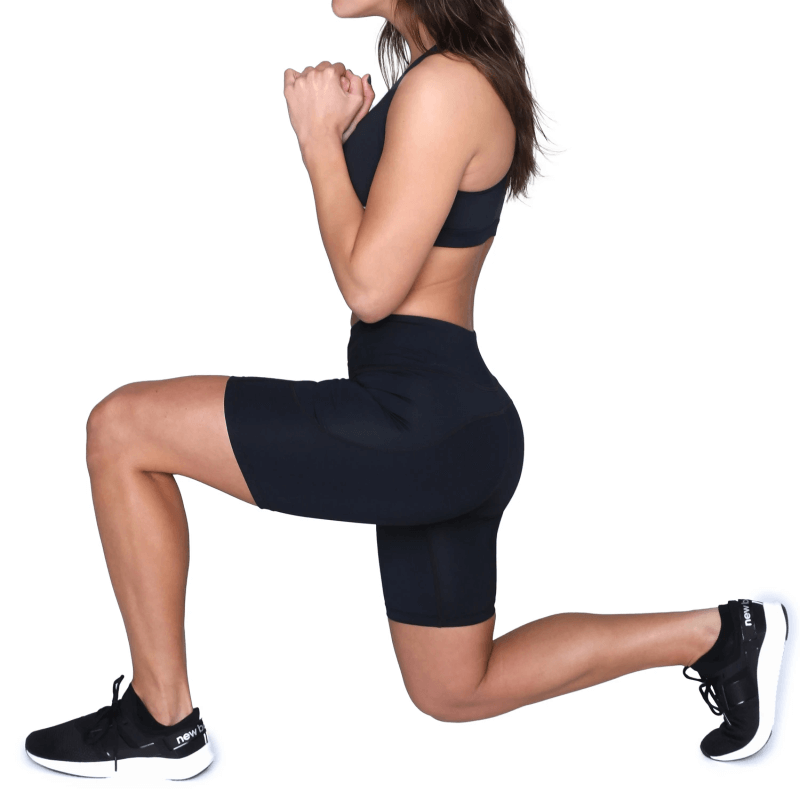
Shorts are often the popular go-to race day choice for many athletes, and even for winter events they can be moving fast enough to avoid getting hypothermia. For the more regular racers, shorts are often reserved for the warmer months. Look for shorts that are long enough to protect your skin when going over walls or up the rope, but short enough to keep you cool throughout the race. Many racers, specifically male, favor a two layered short, with compression underneath and a looser short on top; providing support and protection for certain areas, and the looser layer giving a little modesty. For women, a short or mid-thigh compression short is the style of choice.
Recommended Brand: DFND
4. Gloves
 Obstacle course racing is a true test of grip strength, and there is no better grip than the one mother nature provided us with. This isn’t to say that we don’t need a little help sometimes. While gloves aren’t recommended for grip strength, they can help preserve it. For winter races or very wet events, a 3mm neoprene glove can be a grip saver by keeping your hands warmer while running and between obstacles. These gloves are also easy to remove when completing the grip obstacle, helping you lose less time than you would failing an obstacle because you can’t feel your fingers.
Obstacle course racing is a true test of grip strength, and there is no better grip than the one mother nature provided us with. This isn’t to say that we don’t need a little help sometimes. While gloves aren’t recommended for grip strength, they can help preserve it. For winter races or very wet events, a 3mm neoprene glove can be a grip saver by keeping your hands warmer while running and between obstacles. These gloves are also easy to remove when completing the grip obstacle, helping you lose less time than you would failing an obstacle because you can’t feel your fingers.
Recommended Brands: MadGrips
5. Eyewear
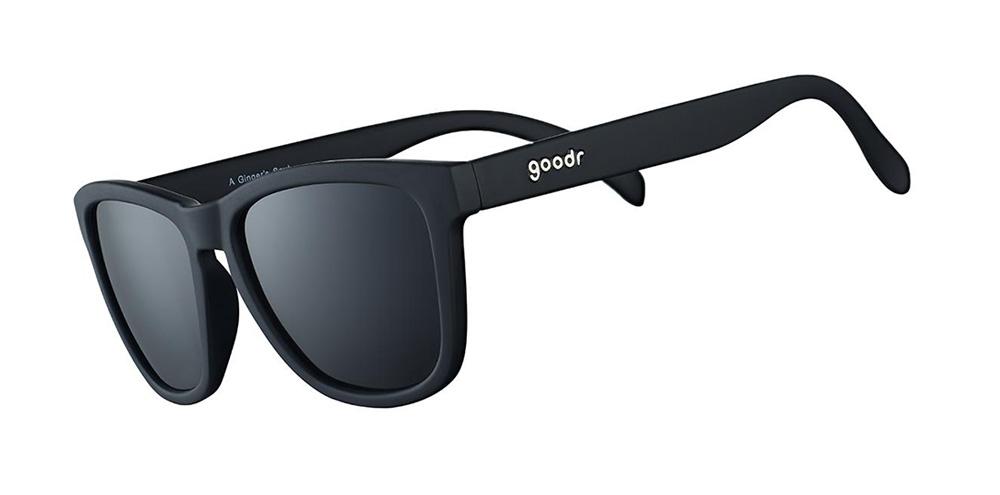
What type of eyewear we recommend will depend on whether you need glasses regularly or not. All OCR competitions are held during the day, and no matter what the weather is, it’s always a good idea to rock a pair of sunglasses. Not only will they protect you from sun damage, but they will also protect your eyes from any mud or debris that could be kicked up during the race. If you need glasses to see, you should obviously use athletic eyewear or sunglasses with your prescription lenses – running an obstacle course without perfect vision is NOT recommended.
Recommended Brands: Goodr
6. Compression Gear
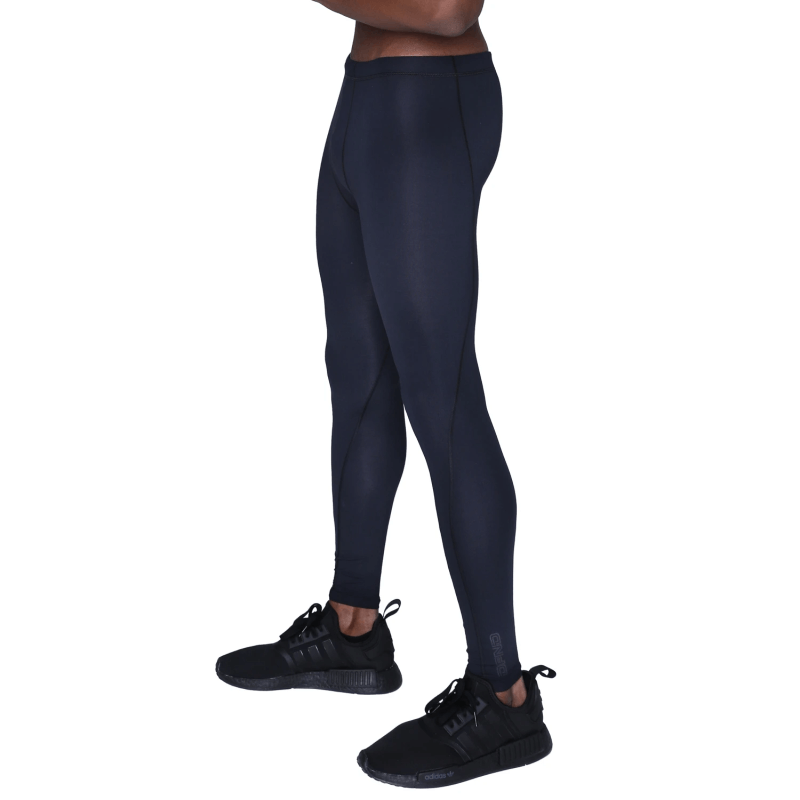
Competitive OCR athletes have come to rely on the high-tech, high-performance quality of compression gear. Its fast drying and lightweight properties make it great for any conditions and it can perform in extreme heat and cold. Research is limited but many swear by its capacity to reduce race-ending cramps, and it can also help with blood flow and recovery after the race, which is just an added perk to this race day staple.
Recommended Brands: DFND
7. Calf Guards
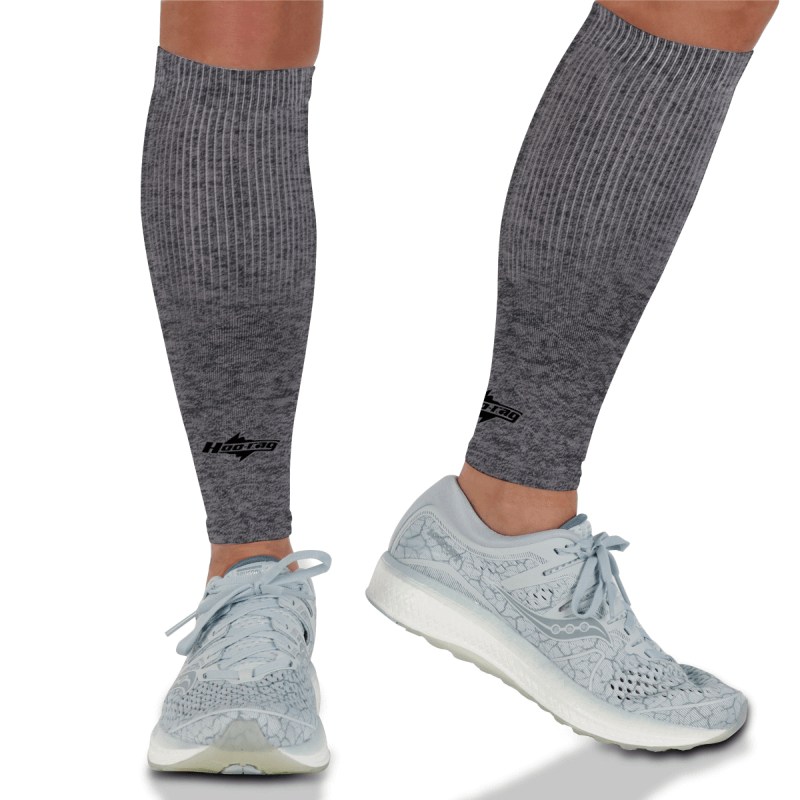
Calf guards are key race day gear for both their performance-enhancing and protective properties. Many athletes find that they decrease cramping throughout a race, but more importantly, they’ll protect you as you traverse the varied obstacles and terrain. When running through long grass, hay, thorny bushes or other nuisances, keeping your calves covered will protect your skin and keep you going.
Recommended Brands: Hoo-rag
8. Tech Top
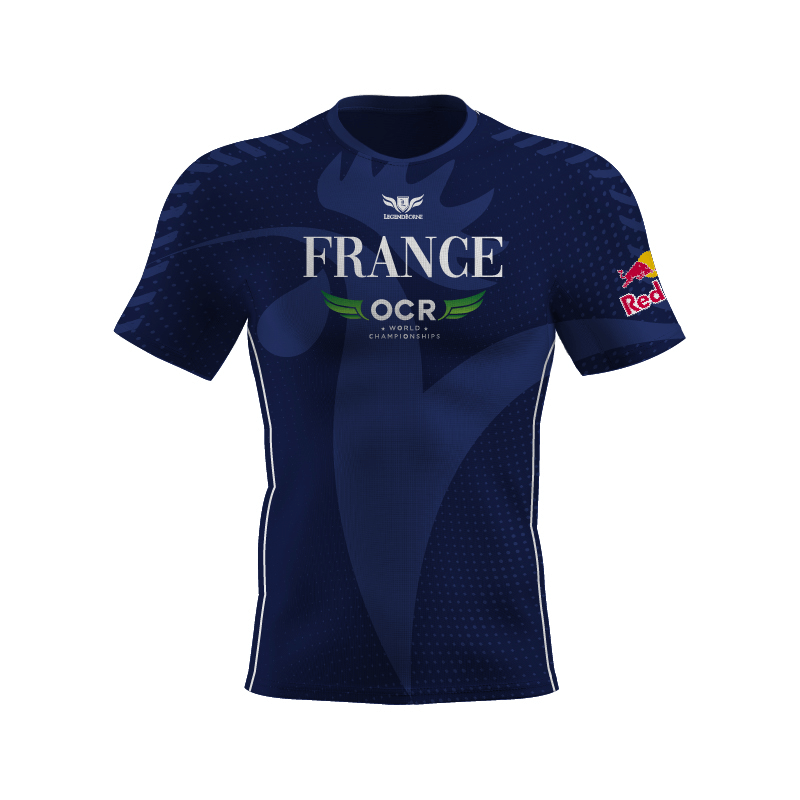
There are a few athletes who choose to run topless, but for most of us we either want to cover up for modesty protection. Your shirt is also the best place to display your colors too, either to support your local OCR Team or to display your custom OCRWC jersey.
No matter what design you choose, make sure it’s made of “technical fabric.” As complicated as this sounds, it basically means a synthetic fabric that is fast drying, moisture wicking, and not going to weigh you down like a cotton shirt would. In colder weather you can wear it on top of your compression gear, and for warmer races it’s a perfect stand-alone option. Look for a tech top that is tight fitting to avoid it getting caught, but not so constricting that it impedes your movement.
Recommended Brands: LegendBorne
9. Watch
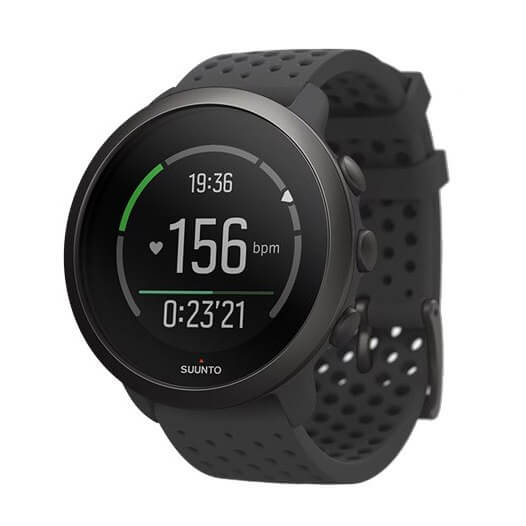
The one thing you see on every OCR start and finish line are athletes starting and stopping their watches to measure their performance down to the second. A good, durable GPS watch is something that anyone taking on more than a few events needs to have. OCR watches offer so many benefits beyond time keeping; they track pace, distance, and help judge how hard you should be pushing.
Of course, the watch you choose needs to be ultra-durable, able to withstand mud, rain, and heavy knocks. If you’re interested in a model with all the bells and whistles, some OCR watches offer even more features such as recovery time, HR monitor, and performance analysis.
Recommended Brands: Garmin, Suunto
10. After-Race Gear
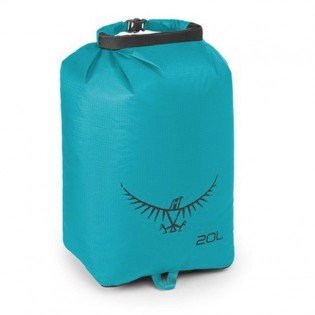
Often after an obstacle course race, you’re tired, wet, hungry, and either too hot or too cold. You want to get some fuel, get dry, change your clothes, and get warm.
A post-race must-have that helps you get as comfortable as possible, as fast as possible, is a DryRobe. These oversized, thermal robes are large enough to change underneath, are waterproof, and are designed to keep you warm following a tough obstacle course race. You can throw one over your wet kit the second you cross the finish line, helping you avoid the shakes and any other nagging post-race symptoms.
To make your life easier you’ll need a dry bag. Dry bags hold all of your OCR equipment – shorts, shirt, compression gear, calf guards, and even shoes – and keep it all from dirtying up or soaking the other gear in your bag. After a race when you’re tired and can barely move, tear off your dirty gear and throw it in your dry bag so you can move onto recovery ASAP.
Recommended Brands: Osprey, DryRobe
OCR Training Gear & Equipment
So now you’re geared up and ready for race day, but you haven’t tackled the most important part: training. The quality of your training will mean the difference between a PR finish, or wondering what could’ve been. To help you prepare to the best of your ability, there are two things you should always do:
1. Test out your race day gear during training
2. Utilize recommended OCR training guides and gear
Here is a quick rundown of some of the gear, fitness equipment, and recovery tools professional OCR athletes use to get in peak condition for race day.
Strength & Explosive Power Gear
Professional obstacle course races will push even top athletes to their limits. To build the strength and stamina required for these races, you will need to work on strength training that incorporates explosive movements.
To achieve this, grab an array of strength equipment – dumbbells, kettle bells, medicine balls, sandbags, etc. Utilizing these implements will help build the endurance you need to be competitive, while also increasing your strength to complete countless obstacles. Want to make it even harder? Throw on a weighted vest and turn the intensity of your workout up a notch.
Grip Strength & Hanging Gear
A specific area of strength training that all OCR athletes have to focus on is grip and hanging strength. Many of the obstacles you will encounter on the course require excellent grip and upper body strength, enough for you to pull yourself up and over repeatedly.
To help train for this, we recommend that our athletes perform a number of specific exercises – pull ups, chin ups, and especially bouldering.
Bouldering is a great activity that you can do with friends, and often doesn’t feel like a workout at all (although you’ll feel it the next day!). Unless you’re lucky enough to have a natural bouldering area locally, try an indoor climbing centers where you can take your time, and don’t even need to invest in a kit. The rock-climbing community is a friendly one, so even if you go alone you’re likely to make new friends who will guide you along the way.
Recovery Gear
Recovery is often overlooked but it is one of the most critical parts of an OCR athlete’s training leading up to race day. Recovery helps you perform better in your training and will ultimately help you perform at your highest possible level in the race. Recovery is more than just getting good sleep and taking a day off – in fact, there is some gear that can help maximize your recovery between sessions.
We recommend that our athletes utilize foam rolling on a regular basis, on training and non-training days. It helps with mobility, blood flow, and is a great way to begin or conclude a workout. Some athletes also use high-intensity massage guns to work on sore muscles. On a more intermittent basis, massages are another option for tired and fatigued muscles that need a refresh. We also recommend a regular check in with a physical therapist will help keep your body in tip top shape and help you avoid those tiny aches and pains that can turn into long term injuries.
With all of this being said, fancy OCR training equipment or gear is not a necessity. Some of our best athletes train simply with what they have and get workouts without expensive gear or gym memberships. Even on a budget, you can train all of the necessary modalities and muscle groups you will need to succeed. It can take a bit of trial and error, but when you find the right mix of gear and OCR equipment, you will feel the difference in your training and on race day.
